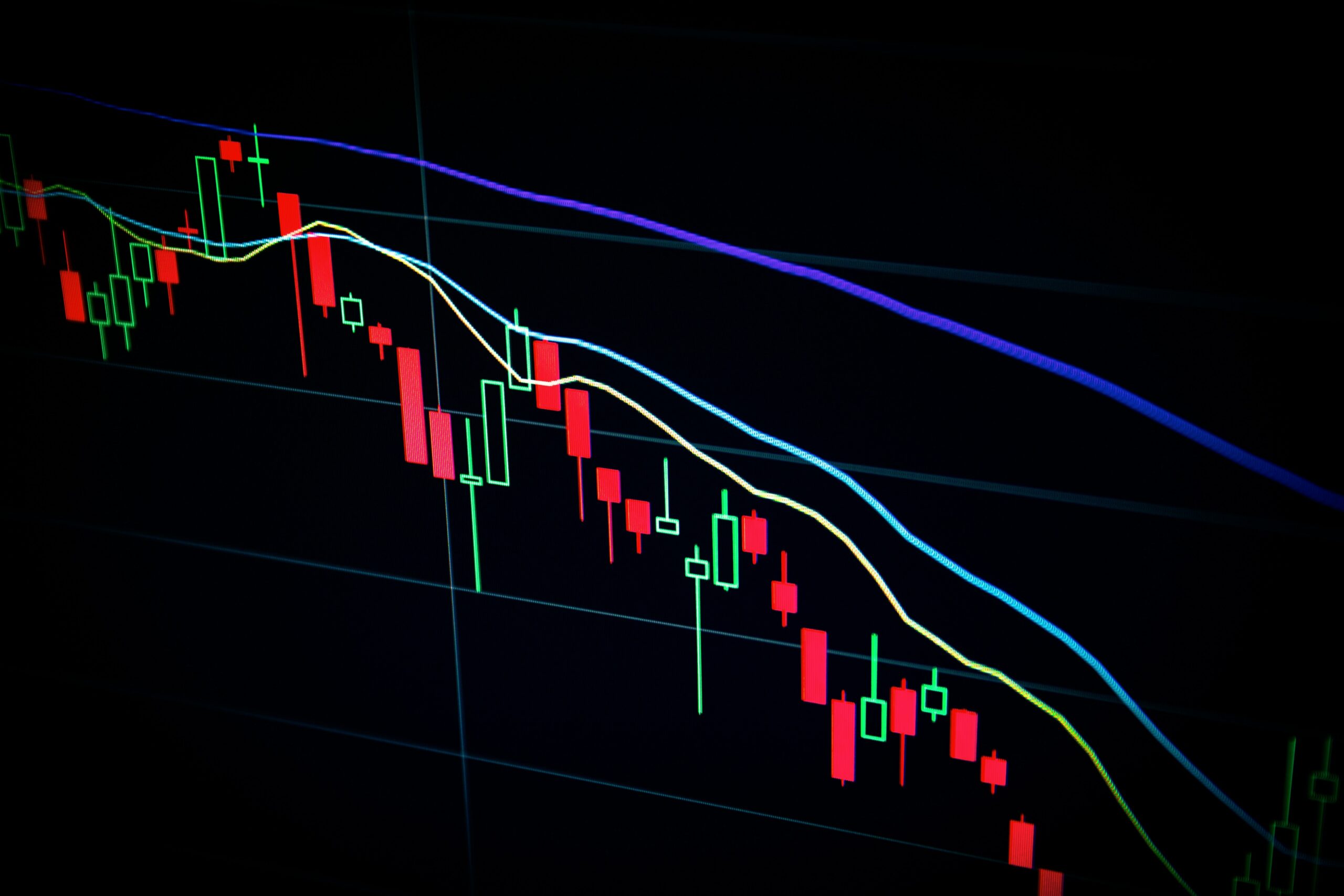Lecture Me! On investing, risk, and what the data tells us
The world of finance is spectacular and filled to the brim with opportunities, but not without its associated risks.
“Do people have their eyes wide open when they’re [investing]?” asks Otto Yung, an accounting and finance assistant professor at the University of Toronto Mississauga (UTM). He raises a fundamental question about investing: are investors fully aware of the risks and returns of their investments?
Investments not only include potential gains but also include the risk of losses. While individual tolerance for risk varies from person to person, risk management is necessary to make educated investment decisions.
“When you’re investing, dependent on your risk tolerance, you want to earn a certain target return. But you also need a sense of how bad things can get,” says Professor Yung, clarifying the intuition behind an investment’s value at risk. The value at risk (VaR) is defined as the maximum potential loss an investor may face. It helps risk managers (such as financial institutions) determine if an investment has an acceptable loss, as well as if they need to “exit the point.” In other words, whether they should maintain and move on from an investment. VaRs also comes with confidence levels. Confidence level refers to how certain risk managers are when calculating the VaR, and it’s often expressed as a percentage.
“[VaR] is a very popular measure in risk management, but the issue with [it] is that we don’t know how bad the loss can get once you surpass this level of loss,” adds Professor Yung. Basically, the evaluation is limited to the scope of the data.
Before delving any deeper into the topic of risk, we must consider the techniques and methodologies used in risk management. Professor Yung explores two components of this topic: the concept of an investment’s value at risk and the concept of investment volatility. Investment volatility measures an investment’s value over periods of time. This measurement is handy since stock market prices can suddenly and unpredictably fluctuate daily. Volatility is measured side-by-side with the standard deviation, a metric that reflects a stock’s average price from a specific period of time.
“Think of [the standard deviation] as a measure that gives a sense of how far the returns have moved above and below the average return,” explains Professor Yung. Essentially, the standard deviation determines if an investment’s return will be high or low. The higher the standard deviation, the higher the chance of a declining market. The lower the standard deviation, the higher chance of a good and rising market.
However, the standard deviation method also has a critical weakness. In this method, every data point has equal weight in determining today’s market—regardless of how far into the past the points are. That is why there are other approaches to measuring volatility, such as the Exponentially Weighted Moving Average (EWMA) and the Generalized Autoregressive Conditional Heteroskedasticity (GARCH).
The EWMA builds upon the notion of using weights, only more elegantly. “As each trading day goes by, you are updating your model with the most recent return,” continues Professor Yung. “As [each individual] data point becomes older, it will have less impact on forecasting your volatility.” In other words, using the EWMA continuously maintains the relevance of forecasts when new data is inputted and allows for more accurate data.
The GARCH approach is the most complicated model compared to the standard deviation and the EWMA. This method incorporates elements from the EWMA model and builds upon another model named Autoregressive Conditional Heteroskedasticity (ARCH). There are three inputs to this model: the long-run variance, the current return of investment, and the previously forecasted variance. The GARH model constantly updates the volatility measure across time and differing financial situations. Simply put, this model is highly accurate and effective in modelling investment returns.
Following the explanation of volatility measures, Professor Yung explains the application of these measures in real-life markets. General observations show that the price of exchange-traded funds (ETFs) are negatively correlated with VaR and volatility. The factors that lead to changes in value at risk and volatility are many. Some include news releases and overall economic trends. Good coverage in the news may increase ETF prices for a particular company, while unexpected events such as the Covid-19 pandemic may negatively impact them.
In April and May of 2020 for example, the height of the Covid-19 pandemic, the Toronto Stock Exchange (TSX) 60 Index (a stock market index that consists of 60 large companies such as the Loblaw CO, Dollarama Inc, and Canadian National Railway Co) showed a downturn in overall stock price and a rise in VaR and volatility levels. Similar patterns were seen in the U.S. market such as the S&P-500 and Nasdaq indexes. For specific investments, we look no further than the hot topic of meme stocks, along with metals and trending cryptocurrency.
Meme stocks are defined as stocks with a sudden surge of attention and trading prices. In general, they are very volatile investments. “AMC, at the peak of the WallStreetBets movement, there was a 90% confidence that the maximum loss would be 100%,” explains Professor Yung. The high confidence level enumerates how risky meme stocks can be for investors.
“With no surprise, Ether has the highest level of VaR compared to the other investable assets. There was more than 10% chance of losing more than 16% at the height of the pandemic,” Professor Yung points out. The highest value at risk as stated is displayed by cryptocurrency companies such as Ethereum, followed by Bitcoin, as well as metals such as silver, gold, and copper.
With decent understanding of how risk can be evaluated quantitatively, investors can make informed decisions and intelligently determine their investment portfolios, thus maximizing returns in their risky endeavours.


